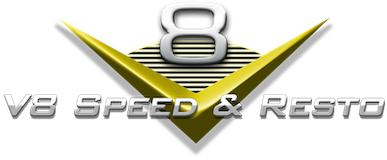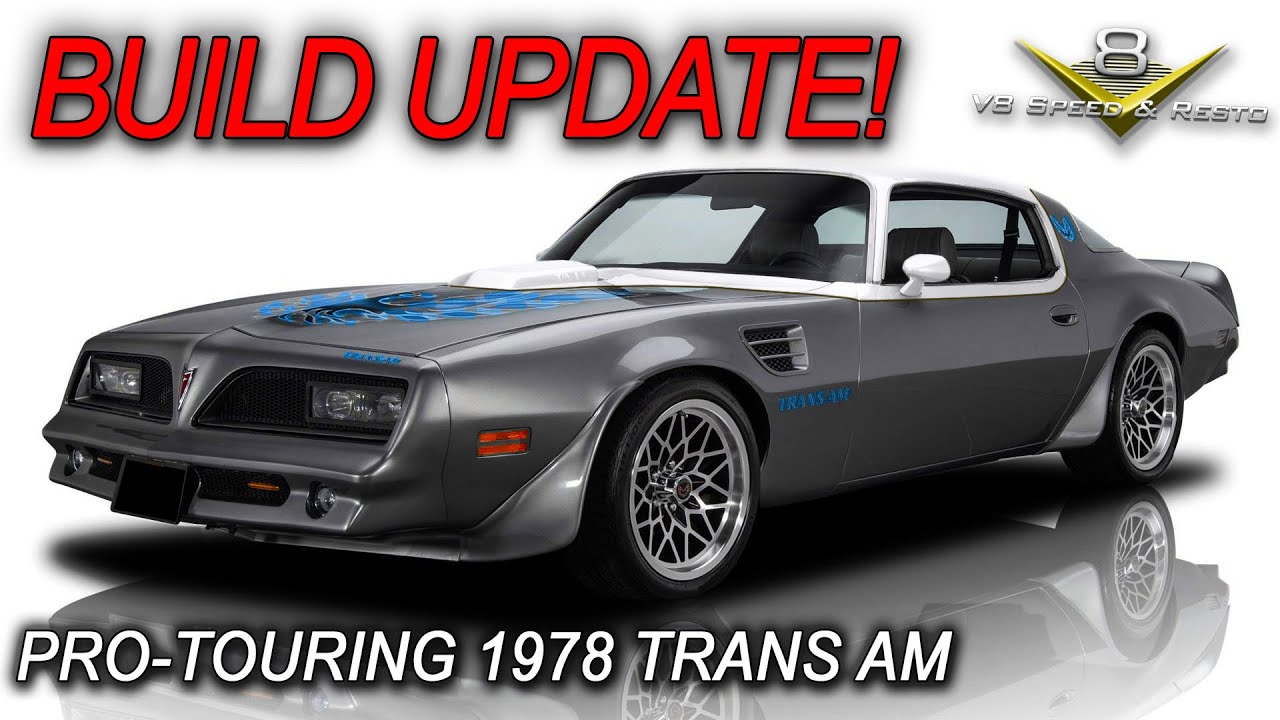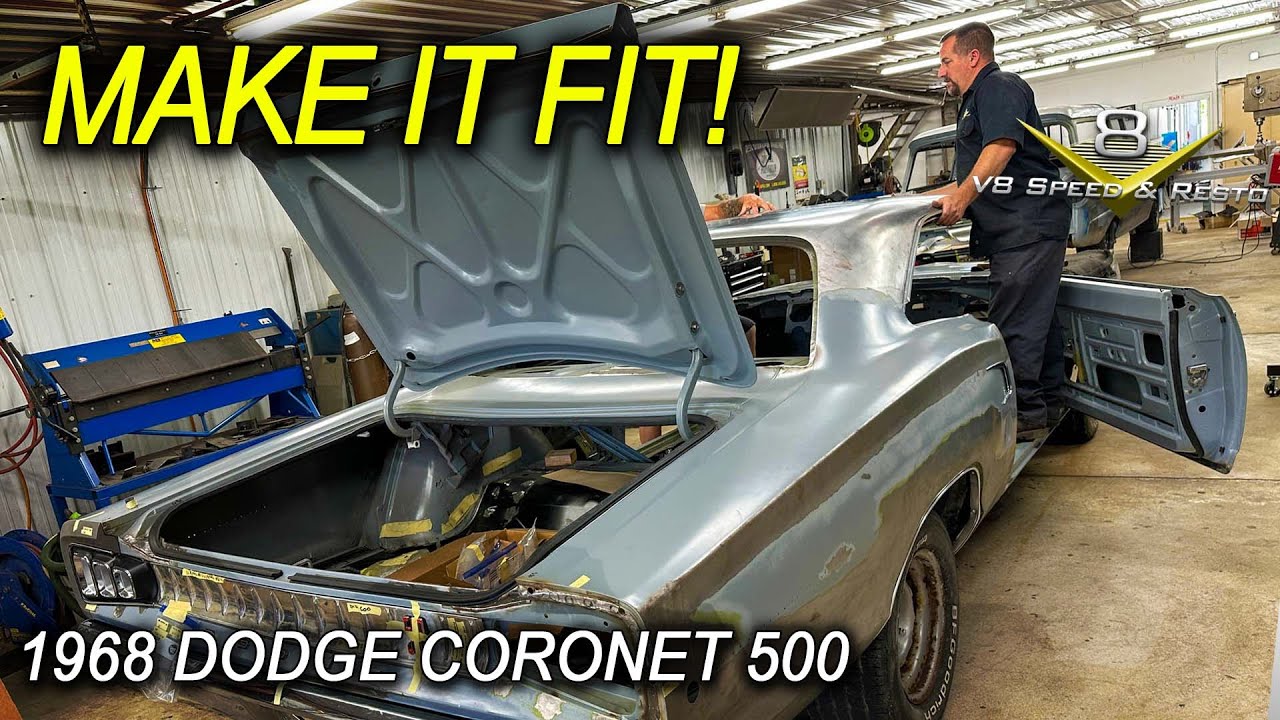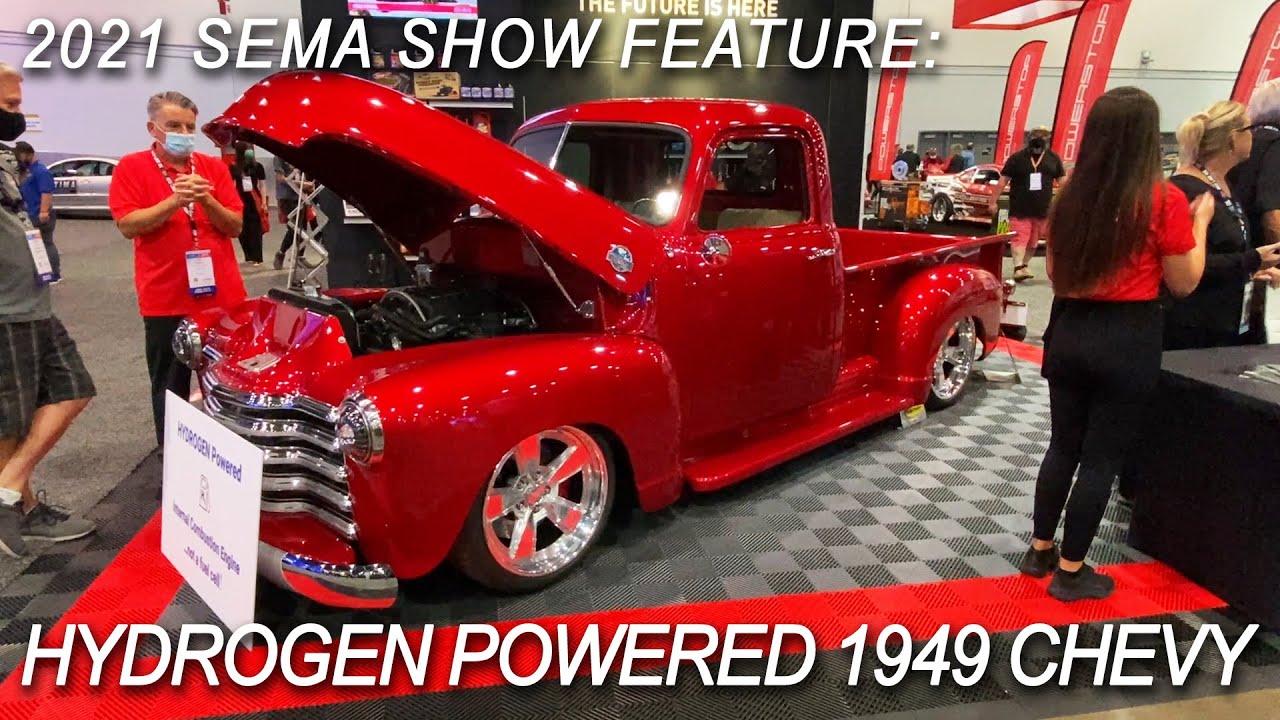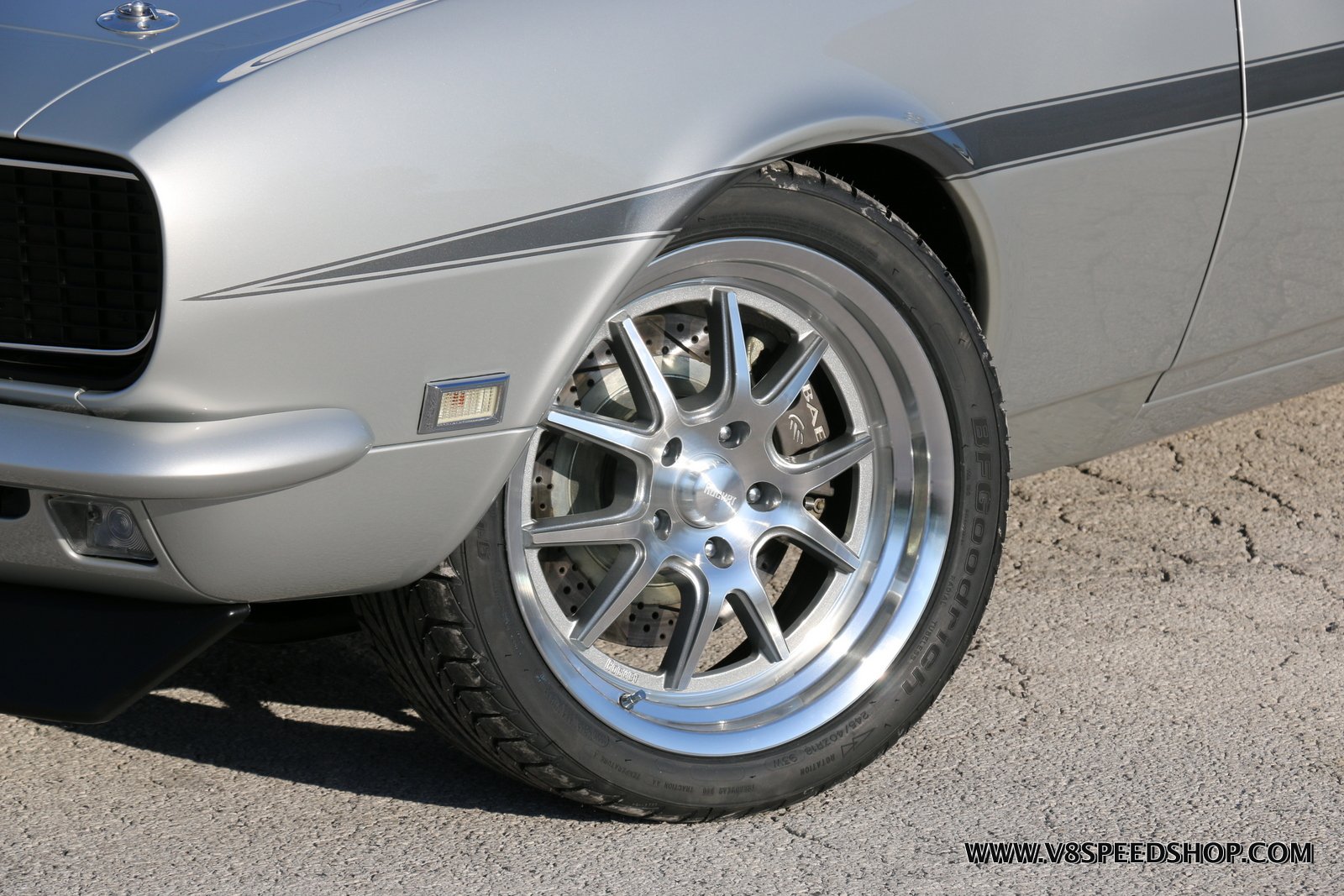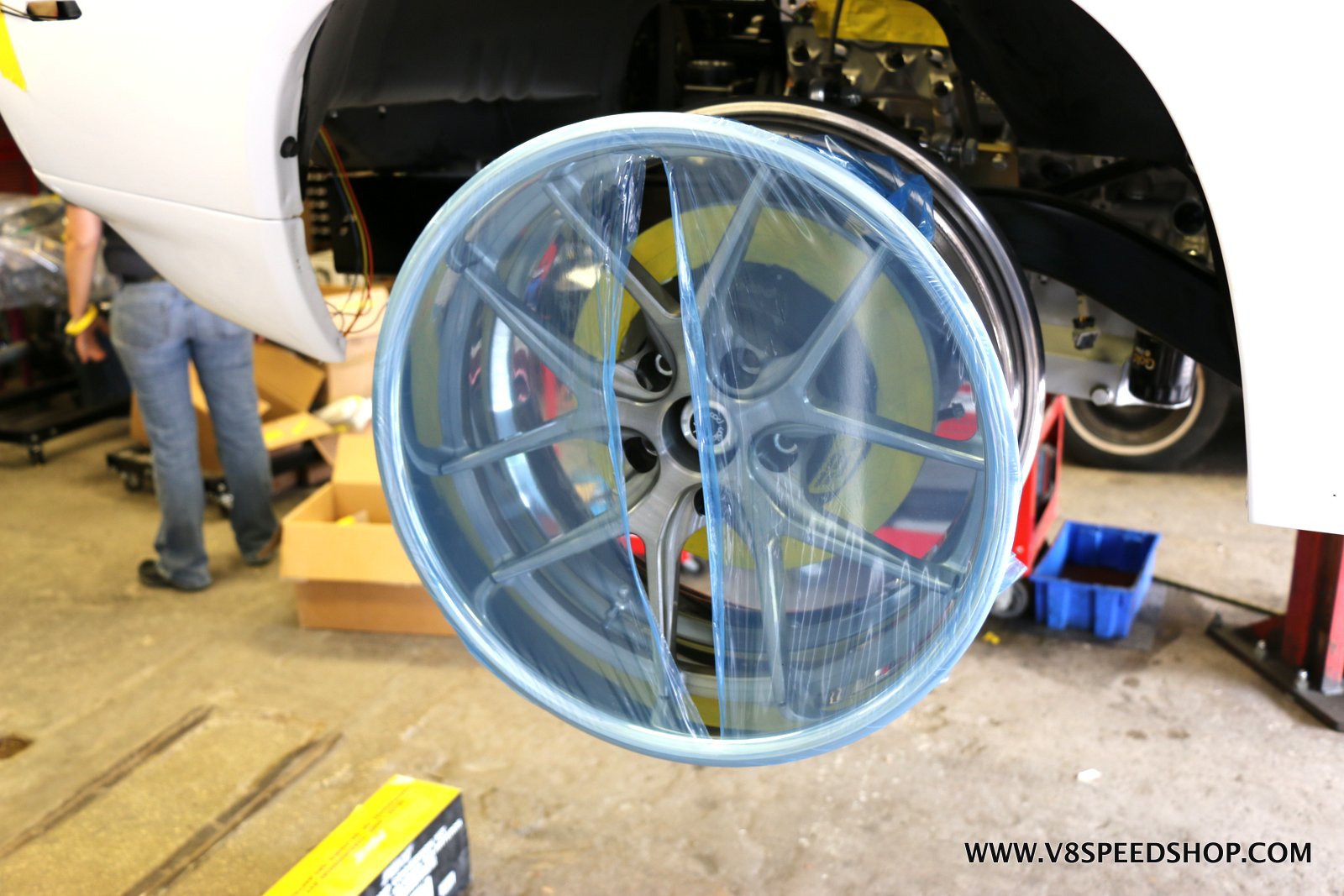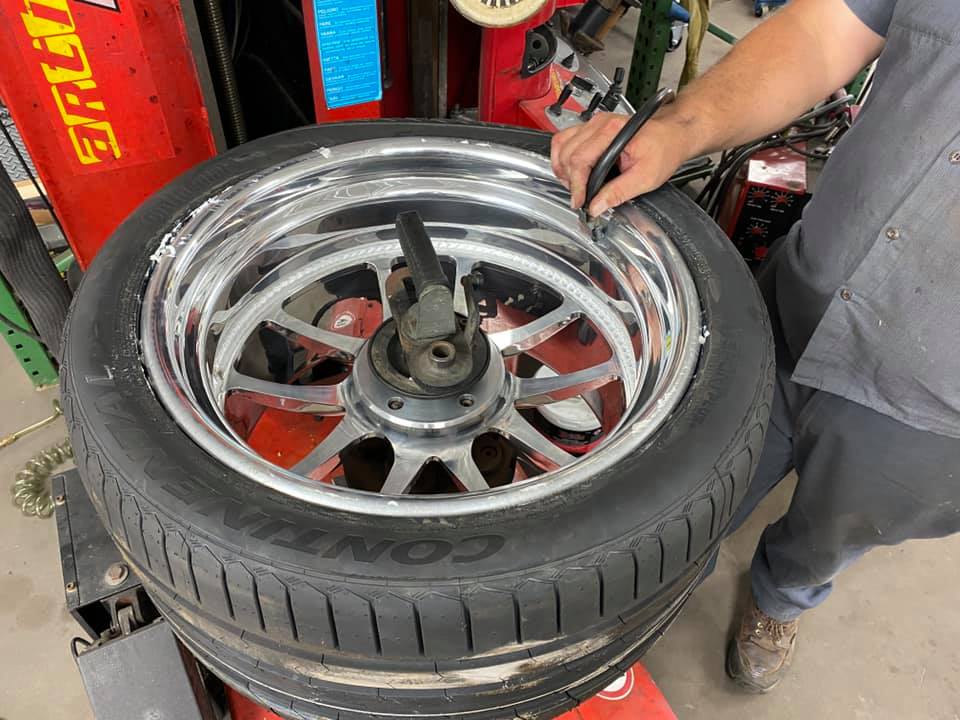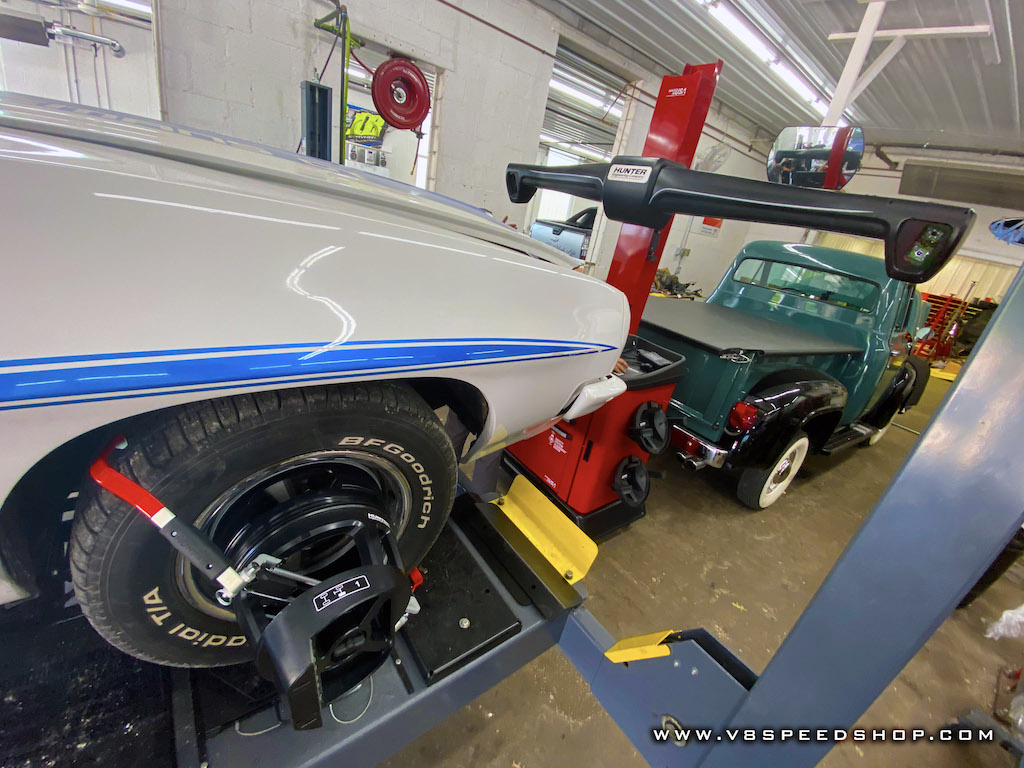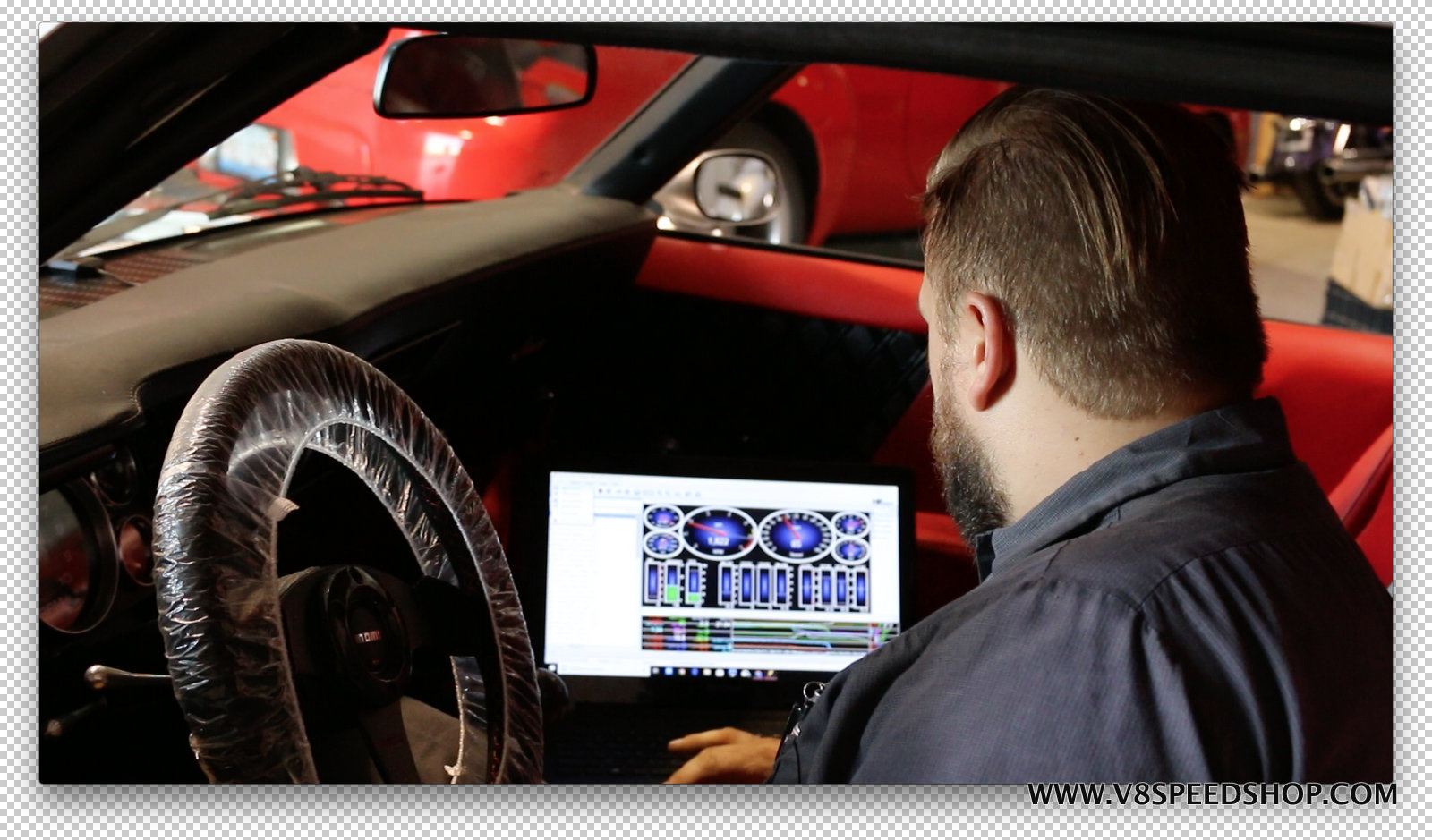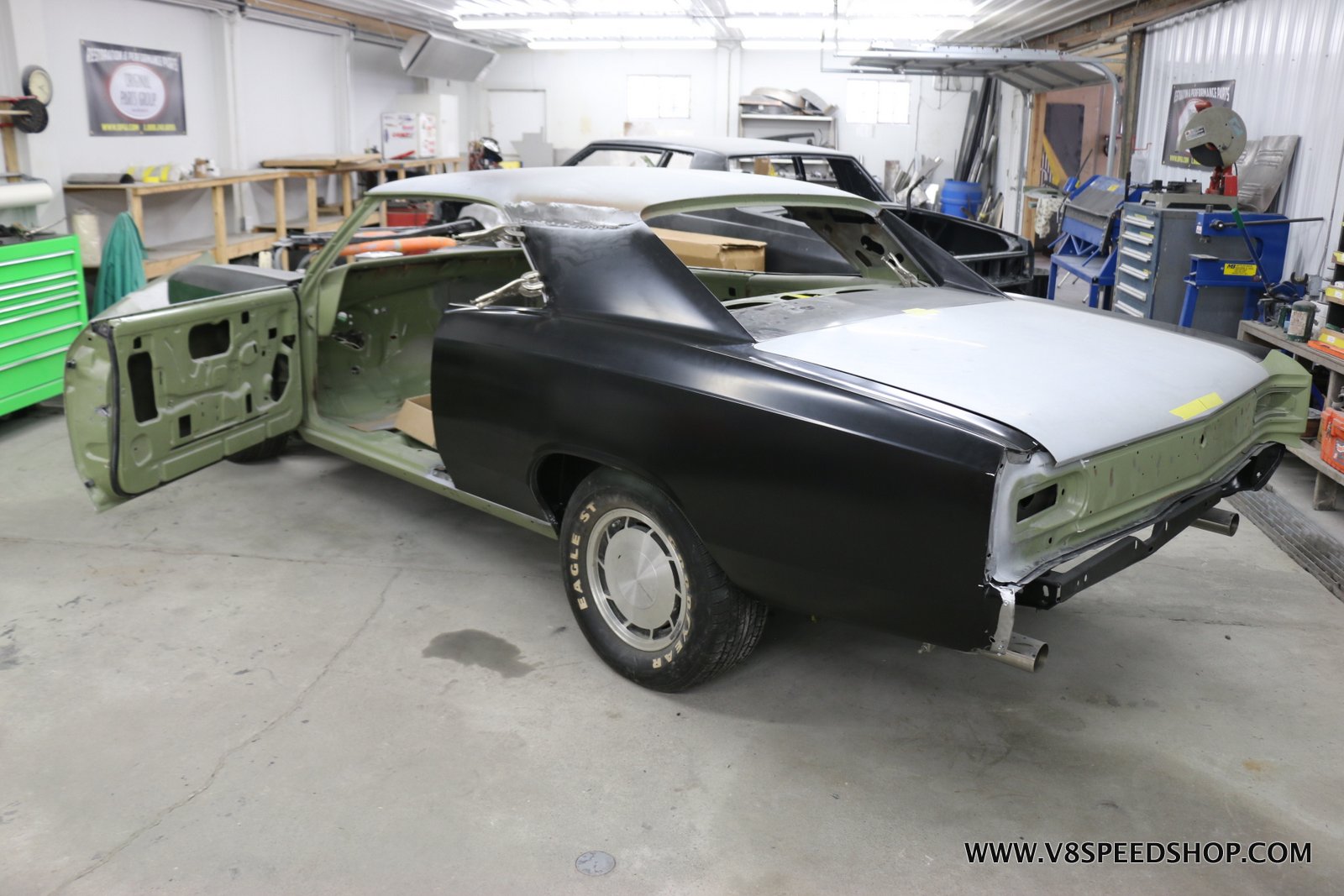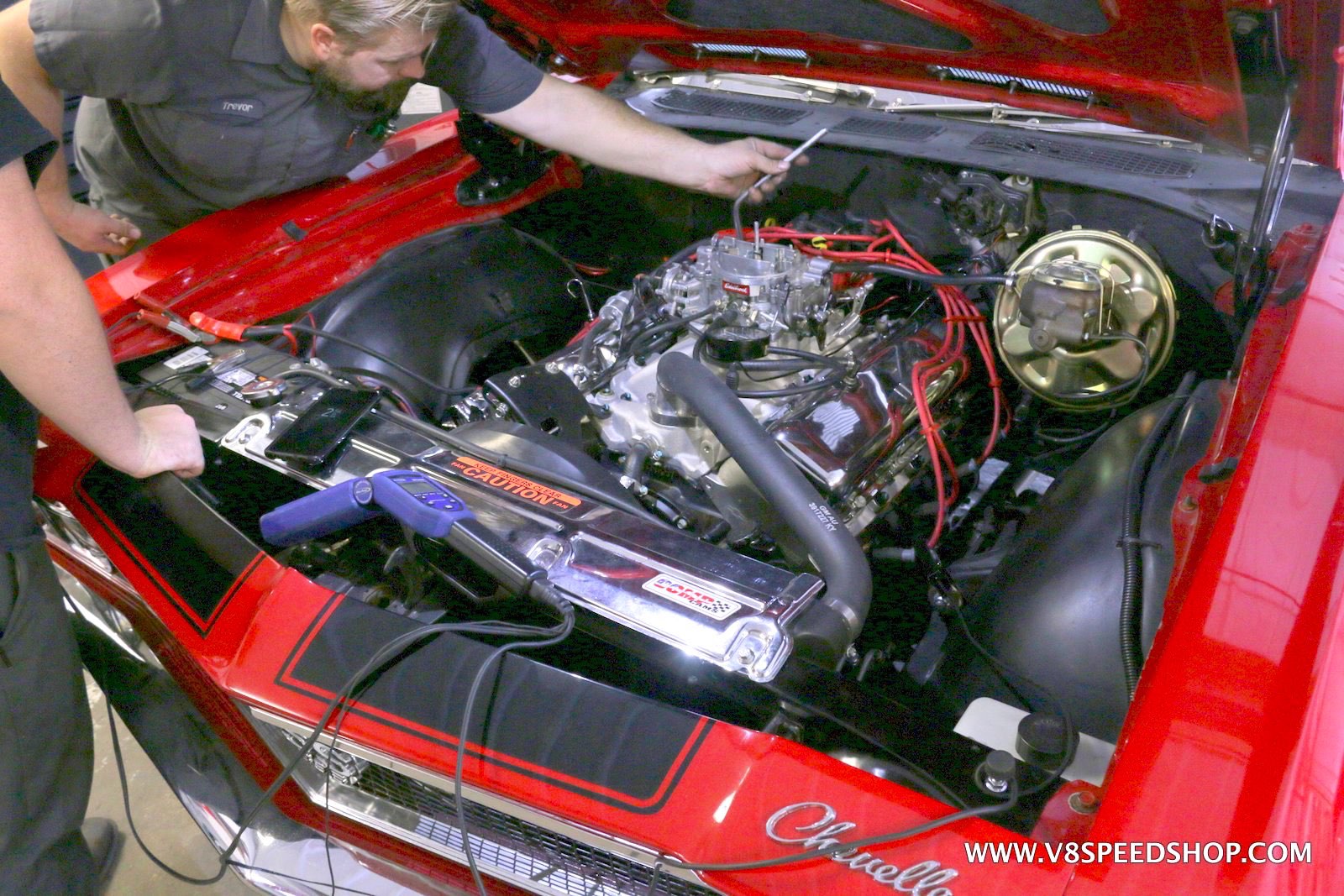In our previous video, we showed you our 1978 Pontiac Trans Am project and talked about our plans for a high-end pro touring build. This means that we’re designing the car to drive and handle really well, have great power, but also be very comfortable and serviceable anywhere in the country.
FIRST VIDEO: https://youtu.be/WrxW69RGQv8
The 1978 Pontiac Trans Am features a GM Performance Parts LS3 engine swap, along with a Detroit Speed subframe and front suspension. The brakes are Hydratech boosted WIlwood units, and a Heidt’s independent rear suspension will make the Trans Am handle better than it ever did. We’ve added Vintage Air, and American Autowire harness, YearOne 19” Snowflake wheels, and much more to this TA.
In this video, we’re going to focus on the exhaust system. This is a critical part of any pro touring build, as it needs to be able to flow well enough to support the engine’s power output, but it also needs to be quiet enough to be comfortable on long drives.
We started at the engine, using Hooker cast iron exhaust manifolds for the LS engine. These manifolds package well and flow very well, making them a great choice for our build. We ran the exhaust pipe underneath the center section of the independent rear suspension, which allows us to keep the exhaust tucked up and out of the way.
We also installed a pair of catalytic converters and a set of mufflers underneath the rear seat. The original muffler on this car was a transverse unit that went left to right over the rear axle well, but there’s no more space for that with the independent rear suspension. So, we modified a set of mufflers by cutting them open, reworking the internals, and making the inlet and exhaust on the same side. This gives us a turbo-style muffler that is still able to flow well and keep the sound down.
Since our customer wanted to keep the signature split exhaust tips of the Trans Am, we needed to find a way to route the exhaust pipes to the back of the car. We did this by making a custom muffler that lives underneath the rear axle. This muffler is filled with perforated pipe and packing material, which helps to reduce noise without killing performance.
Finally, we snaked the mandrel bent tubing from the custom muffler to the back of the car. We wanted to exhaust the car all the way at the back, rather than dumping it in front of the rear wheels. This is a much cleaner way to go, and it keeps the fumes out of the car and preserves the classic look of the Trans Am.
We’re really excited to hear how this exhaust system sounds! It’s been a really cool project to figure out how to make all of the pieces fit together and work properly. It is all mandrel bent 2.5” stainless tubing that is TIG welded together. We’re confident that this system will give us the performance and sound that we’re looking for.
In addition to the above, here are some other things to consider when designing an exhaust system for a pro touring car:
Ground clearance: The exhaust system needs to be routed in a way that avoids any ground clearance issues. This is especially important if you plan on driving your car on rough roads or tracks.
Heat management: The exhaust system can generate a lot of heat, so it’s important to make sure that it’s properly insulated. This will help to protect the car’s interior components from heat damage.
Aesthetics: The exhaust system is one of the most visible components on the car, so it’s important to choose a system that looks good. There are many different types of exhaust tips and pipes available, so you can find a system that matches the overall style of your car.
We believe that we have achieved all of our goals with this exhaust system. It is well designed, durable, and will produce a great sound that is both aggressive and refined. We can’t wait to hear what our customer thinks of it!
If you have a pro touring dream car, a custom car, or a cool hot rod that you need help with, please reach out to us at V8 Speed and Resto Shop. We have the experience and expertise to help you create a unique and amazing vehicle that you will be proud to own and drive.
V8 Speed and Resto Shop
817 S. Main Street
Red Bud, IL 62278
314.783.8325
https://www.v8speedshop.com
#protouring #customexhausts #v8speedshop #exhaustfabrication
SUBSCRIBE: https://goo.gl/RIkdDS
